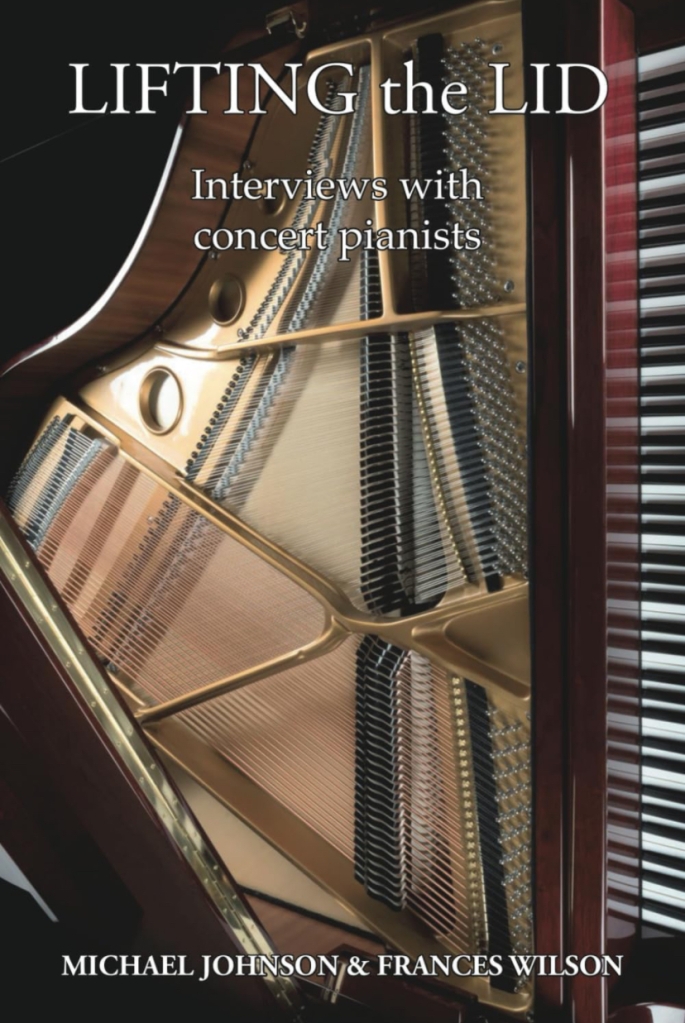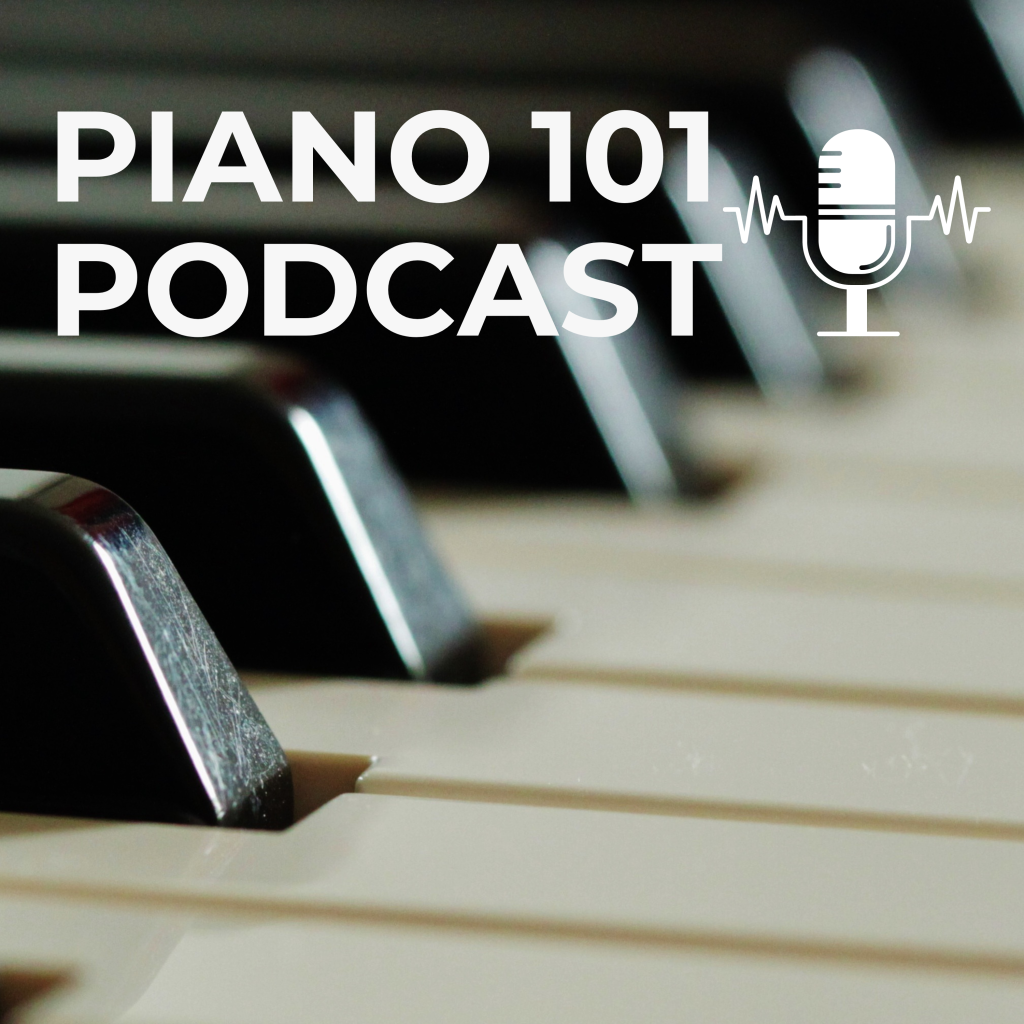Who or what inspired you to take up the violin, and pursue a career in music?
I had my first very intense musical experience at the age of six, singing Renaissance music in a small boys’ choir in my hometown, Ravenna. Since then, it was very clear to me that music would become my entertainment, my hobby and my profession. I didn’t have a standard training in violin, I don’t even have a violin diploma; in truth. I love music in its purest essence, that is, as a language and means of expression. I have never been attracted by the technical and virtuosic features of instruments, not even the violin. To me the violin is the “transfer” of my voice and I always try not to consider it the “end” of my making music, but rather a “medium”, an instrument.
Who or what have been the most important influences on your musical life and career?
More than a teacher or a violinist, fundamental for me was the experience gained within the musical groups with which I worked, first of all the Accademia Bizantina, which I joined as the last of the second violins in 1985, at the age of fifteen. An ideal of study seen as research and constant work on “musical craftsmanship” was strongly shared and participated by all the elements of the group and it was, and still is, the thing that fascinates me the most about playing together. Anyway, in my imaginary teenage bedroom (if it had existed), I think there could have been posters of Nikolaus Harnoncourt (whose writings and performances I was struck by as a teenager), of the violinist Enrico Onofri (a fellow student in the 80s in Ravenna and a colleague in thousands and thousands of adventures) and, of course and above all, of Ottavio Dantone, the musician with the most clarifying musical vision I have ever known, an authentic luminary.
What have been the greatest challenges of your career so far?
The most interesting challenge was certainly the recording of Vivaldi’s viola d’amore concerts with Accademia Bizantina, because I’m very interested in proposing this instrument in a new light and within an aesthetic vision I strongly believe in.
Which performance/recordings are you most proud of?
The recording of Vivaldi’s violin concertos “Per il Castello”, no doubt! If I think back to the period of preparation, to the days of recording and editing, beyond the final result of the record (which I obviously leave to the listener’s judgment), they were moments of great energy, of joyful musical construction that, together with Ottavio and Accademia Bizantina, led us to this record.
Which particular works do you think you play best?
Musically I feel related to all Italian music from the seventeenth century onwards. Vivaldi is certainly one of the composers to whom I am most attached and a very important test case for a violinist. I have now composed many cadences in his style, and I think I can say I know him very well. But I don’t forget Corelli (a fellow countryman of mine, born in Fusignano (a small village 6 km from Accademia Bizantina) and Geminiani and Handel, who together have cultivated the compositional form of the Concerto Grosso, which is at the heart of string instrument music.
How do you make your repertoire choices from season to season?
The choice of repertoire is made by combining the challenges I have set myself for the year (in these years there will be a lot of Vivaldi, of course!), the demands of the concert seasons and agencies, but also the suggestions from musicologists or musicians from Accademia Bizantina. In the future I believe there will be further possibilities to expand the repertoire beyond the normal horizons.
Do you have a favourite concert venue to perform in and why?
I am particularly attached to the Goldoni Theatre in Bagnacavallo, where with Accademia Bizantina we record and play many concerts. It is an Italian style theatre with a capacity of 400 seats, built in the mid 19th century, with the original wooden floor and, as was customary, hollow. In this way the theatre becomes a sounding board, as if it were another musical instrument. Playing there is a bit like talking to yourself.
Who are your favourite musicians?
I know many musicians who are excellent and who are my favourites, but, above all, I love musical environments apparently far from my world, because I feel strongly inspired by them but I am not conditioned by them. These days I listen with interest to the songs of the American folk singer Rhiannon Giddens and the Irish violinist Martin Hayes.
What is your most memorable concert experience?
Definitely playing at the Disney Hall in Los Angeles, in February 2019. The arrangement of the armchairs and all the architecture is such as to make the atmosphere intimate and cosy even though you are in a large hall with 2,000 seats.
As a musician, what is your definition of success?
To me success is real if it gives me the time and opportunity to implement future projects.
What do you consider to be the most important ideas and concepts to impart to aspiring musicians?
I believe that the first thing is to study as much as possible from the original sources, from the manuscripts, from the first editions, but, despite this, not to remain tied to the written music, but to how it could dance in the air at the time of its first performance, and, above all, to the feelings and emotions that it could awaken. Here, in this atmosphere lies the material that we musicians can work on. I believe that the most important rule that those who make music with historically informed criteria should follow is to have their roots firmly anchored to historical and musical sources, and their mind and heart free to sail to unknown destinations.
Where would you like to be in 10 years’ time?
I wish to be still here, making and building music with my musician brothers and sisters.
What is your idea of perfect happiness?
I don’t know what perfect happiness can be. However, a nice morning run, a day with my family and friends and an evening concert I think bear quite a resemblance to it.
What is your most treasured possession?
The chance to choose.
What is your present state of mind?
Passionate, positive, fragile.
Alessandro Tampiero performs Bach’s The Art of Fugue with Ottavio Dantone and Accademia Bizantina, at Milton Court at the Barbican, London, on 19 January. Further information and tickets
Born in Ravenna, Alessandro Tampieri began his musical studies in his home town and became a member of Accademia Bizantina at the age of fifteen. During his training he devoted himself with equal interest to the violin and the viola, working with such noted composers as Luciano Berio and Azio Corghi and acquiring significant experience as a violist in the Orchestra of the Teatro alla Scala in Milan.
Alessandro Tampieri had been interested in the exciting subject of historically informed musical performance based on scholarly criteria since his first years of study, and soon began to appear with a number of early music ensembles, including such groups as Il Giadino Armonico and L’Arpeggiata and artists like Enrico Onofri, Philippe Jaroussky and Vittorio Ghielmi.
Since 2011 he has been first violin and concertmaster of Accademia Bizantina, collaborating in the musical life of the ensemble with its artistic director Ottavio Dantone.
His recent recording with Accademia Bizantina and Ottavio Dantone of Vivaldi’s concertos for viola d’amore and strings, also released on Naïve, received a very warm welcome from both the specialised critics and the public.






